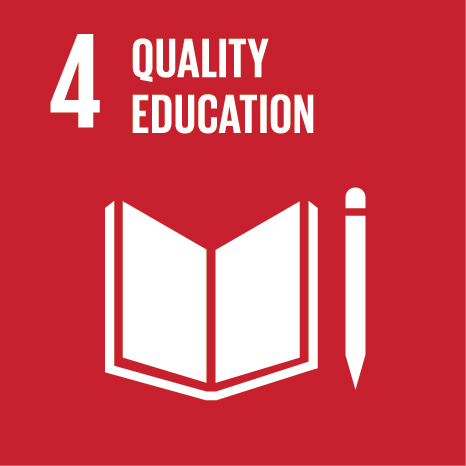Ciência_Iscte
Publications
Publication Detailed Description
Journal Title
Computer Standards and Interfaces
Year (definitive publication)
2022
Language
English
Country
Netherlands
More Information
Web of Science®
Scopus
Google Scholar
This publication is not indexed in Overton
Abstract
Context: Software comprehension and maintenance activities, such as refactoring, are said to be negatively impacted by software complexity. The methods used to measure software product and processes complexity have been thoroughly debated in the literature. However, the discernment about the possible links between these two dimensions, particularly on the benefits of using the process perspective, has a long journey ahead.
Objective: To improve the understanding of the liaison of developers’ activities and software complexity within a refactoring task, namely by evaluating if process metrics gathered from the IDE, using process mining methods and tools, are suitable to accurately classify different refactoring practices and the resulting software complexity.
Method: We mined source code metrics from a software product after a quality improvement task was given in parallel to (117) software developers, organized in (71) teams. Simultaneously, we collected events from their IDE work sessions (320) and used process mining to model their processes and extract the correspondent metrics.
Results: Most teams using a plugin for refactoring (JDeodorant) reduced software complexity more effectively and with simpler processes than the ones that performed refactoring using only Eclipse native features. We were able to find moderate correlations (43%) between software cyclomatic complexity and process cyclomatic complexity. Using only process-driven metrics, we computed 30,000 models aiming to predict the type of refactoring method (automatic or manual) teams had used and the expected level of software cyclomatic complexity reduction after their work sessions. The best models found for the refactoring method and cyclomatic complexity level predictions had an accuracy of 92.95% and 94.36%, respectively.
Conclusions: We have demonstrated the feasibility of an approach that allows building cross-cutting analytical models in software projects, such as the one we used for detecting manual or automatic refactoring practices. Events from the development tools and support activities can be collected, transformed, aggregated, and analyzed with fewer privacy concerns or technical constraints than source code-driven metrics. This makes our approach agnostic to programming languages, geographic location, or development practices, making it suitable for challenging contexts, such as, in modern global software development where many projects adopt agile methodologies and low/no-code platforms. Initial findings are encouraging, and lead us to suggest practitioners may use our method in other development tasks, such as defect analysis and unit or integration tests.
Acknowledgements
This work was partially funded by the Portuguese Foundation for Science and Technology, under ISTAR-Iscte projects UIDB/04466/2020 and UIDP/04466/2020.
Keywords
Software complexity,Software process complexity,Software development process mining,Refactoring Practices
Fields of Science and Technology Classification
- Electrical Engineering, Electronic Engineering, Information Engineering - Engineering and Technology
Funding Records
| Funding Reference | Funding Entity |
|---|---|
| UIDB/04466/2020 | Fundação para a Ciência e Tecnologia |
| UIDP/04466/2020 | Fundação para a Ciência e Tecnologia |
Related Projects
This publication is an output of the following project(s):
Contributions to the Sustainable Development Goals of the United Nations
With the objective to increase the research activity directed towards the achievement of the United Nations 2030 Sustainable Development Goals, the possibility of associating scientific publications with the Sustainable Development Goals is now available in Ciência_Iscte. These are the Sustainable Development Goals identified by the author(s) for this publication. For more detailed information on the Sustainable Development Goals, click here.

 Português
Português



